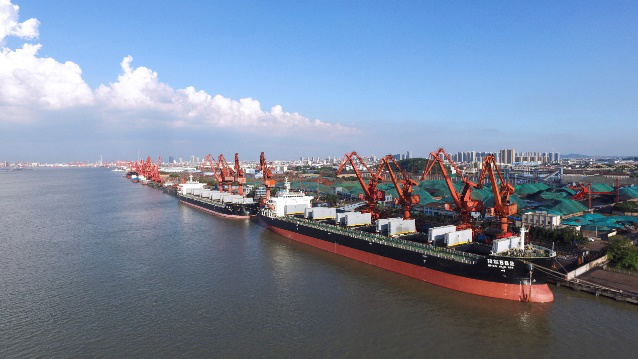The APEC Port Services Network (APSN) is pleased to announce that, in 2020, 8 Asia-Pacific region ports have been recognized as an APSN Green Port. After a thorough review by the Green Port Award System (GPAS) Evaluation Committee, the 8 ports from six economies of the Asia-Pacific region that have been awarded the APSN Green Port 2020 are (in alphabetical order):
1. Kai Tak Cruise Terminal, Hong Kong, China;
2. Port Klang (PKA, Northport & Westports), Malaysia;
3. Port of Hualien, Taiwan International Ports Corp., Ltd., Chinese Taipei;
4. Port of Singapore, Maritime and Port Authority of Singapore, Singapore;
5. Qingdao Port Dongjiakou Ore Terminal Co., Ltd, China;
6. Tan Cang - Cai Mep International Terminal, Viet Nam;
7. Tianjin Port Alliance International Container Terminal Co., Ltd., China; and
8. Zhangjiagang Port Group Gangsheng Bulk Terminal, China.
A green evaluation system for ports in the Asia-Pacific region, the GPAS program was developed by APSN with the endorsement of the Asia-Pacific Economic Cooperation (APEC) forum. It is an important APSN program that promotes sustainable development of ports in the Asia-Pacific region. Launched in 2016, GPAS has, to date, awarded the title of APSN Green Port to 32 ports or port-related authorities from 9 APEC economies.
With its implementation, the GPAS aimed to improve environmental awareness, promote sustainable development, advance green interoperability and share best practices of ports in the Asia-Pacific region that are willing to grow as green ports. By joining the GPAS program, a port signals that it highly values social responsibility, which in turn significantly raises the public image of the port.
As of January 1, 2021, the next GPAS evaluation and award process has begun. Applications are due at the end of June 2021. For more information, please visit the GPAS website at http://www.apecpsn.org/apsn/GPAS/index.jhtml.
“The ‘G’ in GPAS is for ‘Green Growth’ of ports in the Asia-Pacific Region.”
Kai Tak Cruise Terminal, Hong Kong, China
Kai Tak Cruise Terminal is noted for its green digital technology-related innovations, including the Smart Parking Mobile App and Smart Lamppost, which effectively reduces traffic congestion and air emissions.
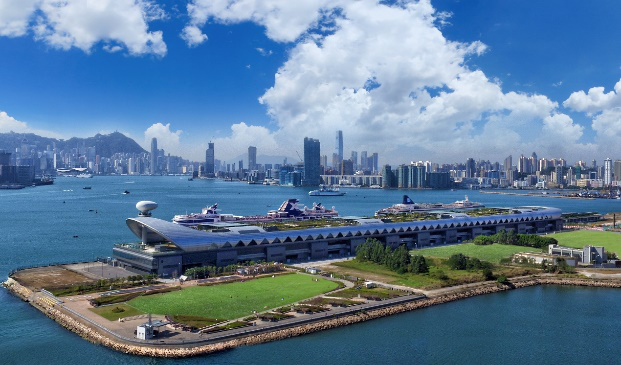
Port Klang (PKA, Northport & Westports), Malaysia
Port Klang has adopted a number of impactful eco-friendly initiatives, such as the cleanup of floating rubbish, mangrove planting, and the 3 Rs of waste management across the port areas.
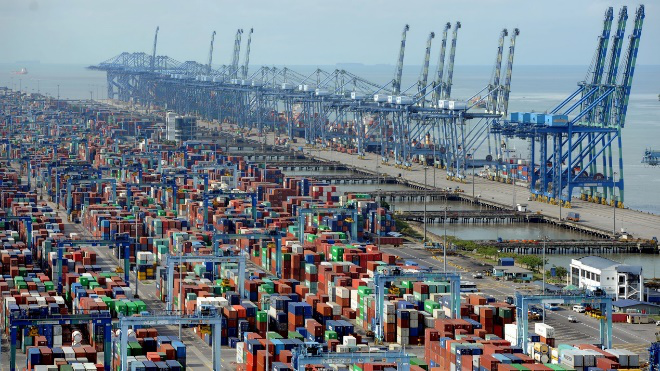
Port of Hualien, Taiwan International Ports Corp., Ltd., Chinese Taipei
With a dedicated green port team, the Port of Hualien has conducted many remarkable green initiatives, including the Water Bank 3.0 Project, and strict control measures against mobile air emission sources by reducing vessel speed, using shore power, and building underground bypasses for hinterland transport.
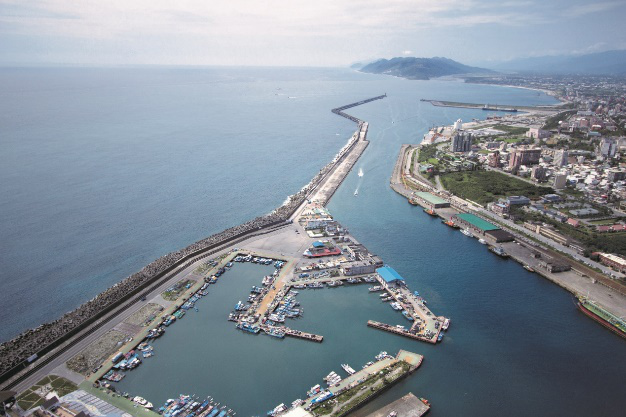
Port of Singapore, Maritime and Port Authority of Singapore, Singapore
MPA leads and shapes economic, environmental and social sustainability across the maritime industry via crucial strategies and policies, including developing the Maritime Singapore Decarbonization Blueprint 2050, launching the first sector-specific Maritime Sustainability Reporting Guide in 2019, and setting up the Maritime Green Future Fund to facilitate efforts in decarbonization, R&D, and solutions for sustainable maritime transport.
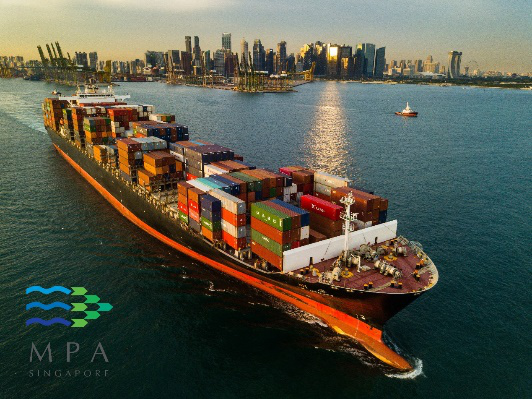
Qingdao Port Dongjiakou Ore Terminal Co., Ltd, China
The Qingdao Port Dongjiakou Ore Terminal is recognized for shore power utilization for bulk cargo vessels, as well as intermodal transport improvements, including investments in conveyor and rail transport. With these initiatives, the terminal achieved a significant CO2 emission reduction of 22% in the last three years.
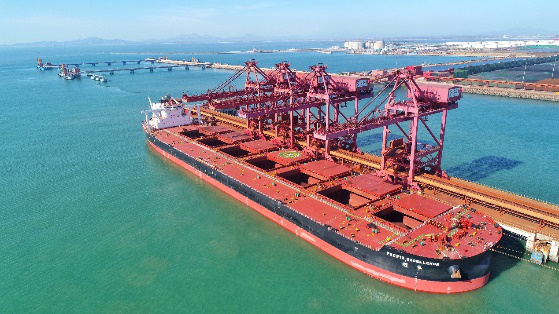
Tan Cang - Cai Mep International Terminal, Viet Nam
TCIT is being recognized for significantly preventing air pollutants and CO2 emissions through the effectiveness of its digital port operation and shipping line planning, the deployment of electric rubber tired gantry cranes (RTGs) and the choice of barging as its dominant hinterland transportation mode.
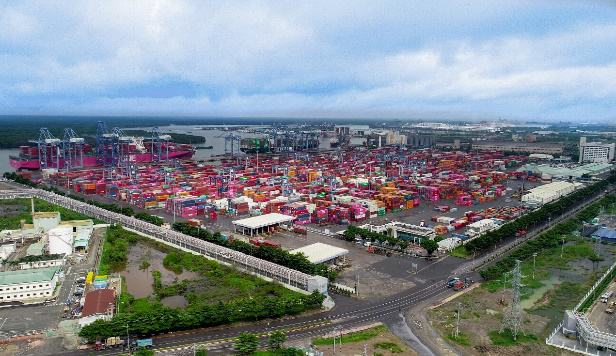
Tianjin Port Alliance International Container Terminal Co., Ltd., China
The Tianjin Port Alliance International Container Terminal has implemented a series of energy-saving and clean energy initiatives, including electric RTGs, green lighting, solar energy utilization, shore power, intelligent gate system and potential energy recovery, resulting in reductions of CO2 and other air pollutants.
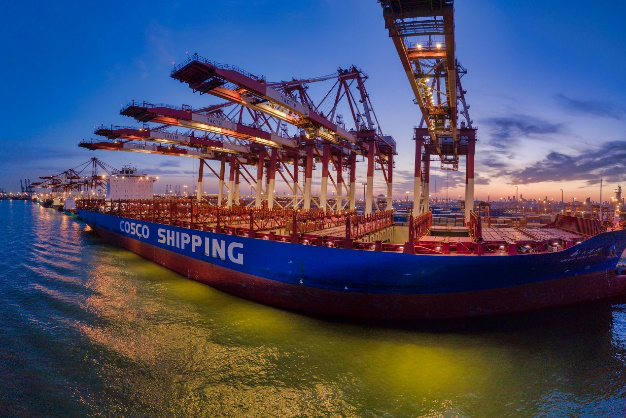
Zhangjiagang Port Group Gangsheng Bulk Terminal, China
Zhangjiagang Port Group Gangsheng Bulk Terminal has deployed smart technologies on numerous initiatives for energy conservation and air quality control, including the remote intelligent control technologies in production management, the online dust monitoring and intelligent control system and the remote control system of on-site lighting, leading to remarkable performance in reductions of energy consumption and air pollutant emissions.
